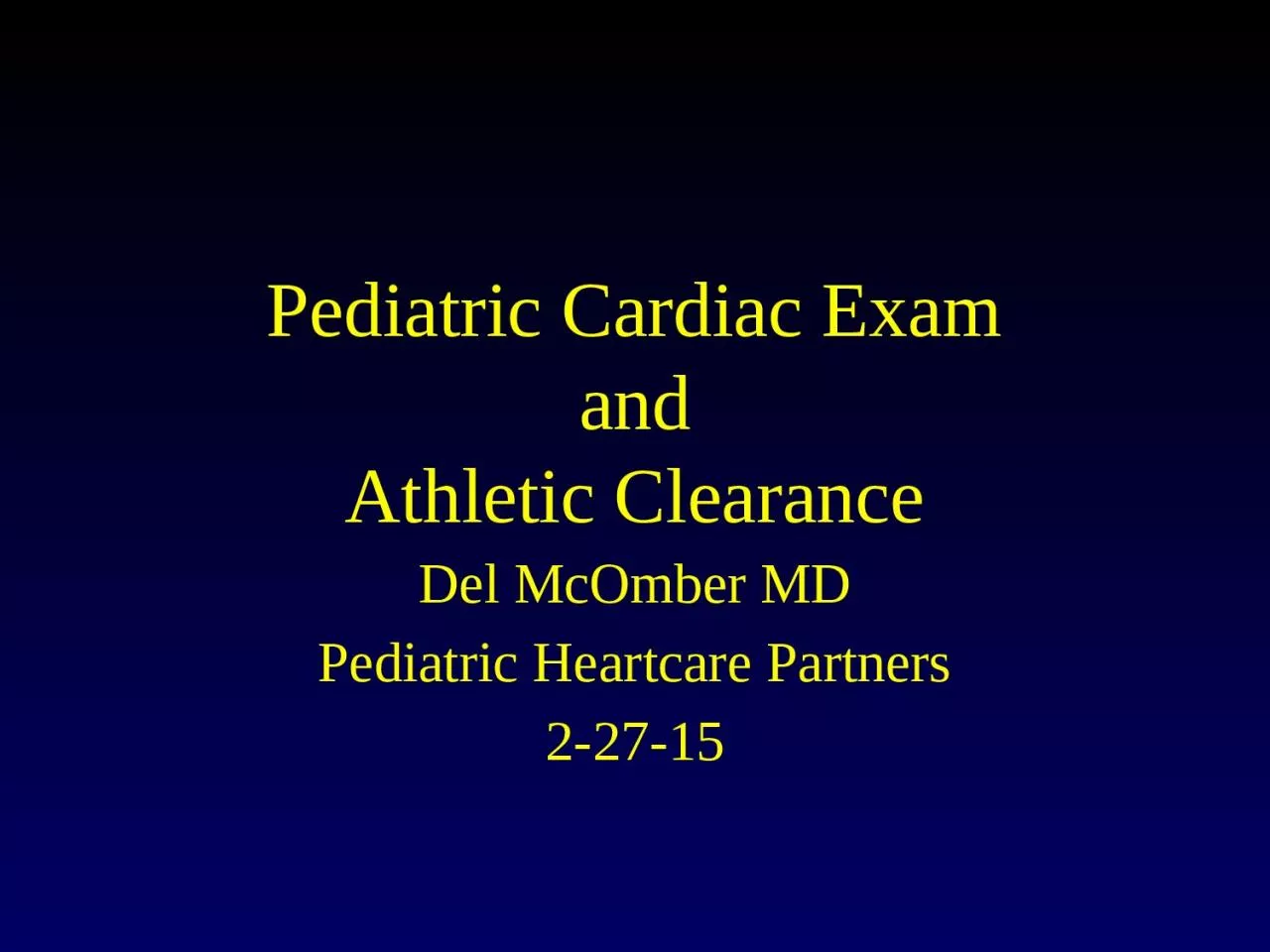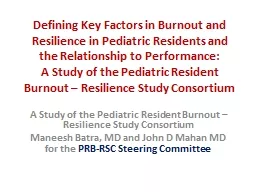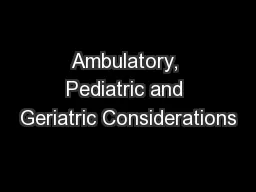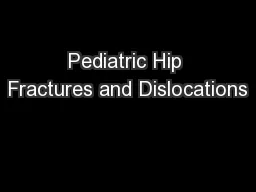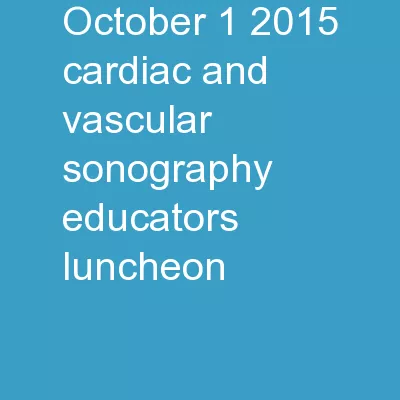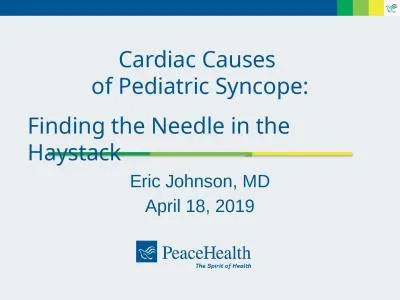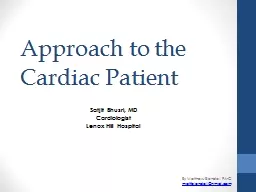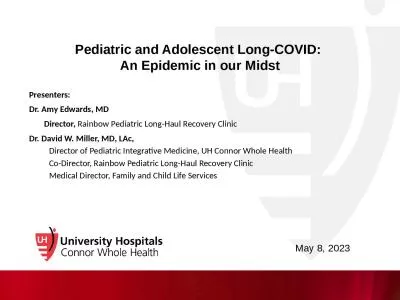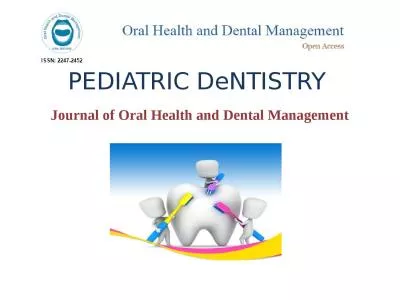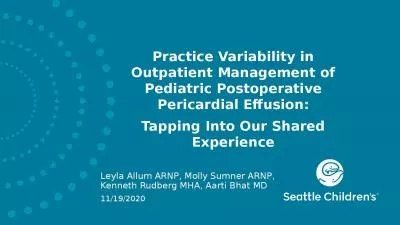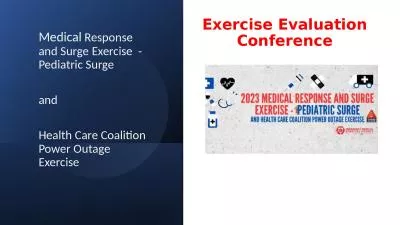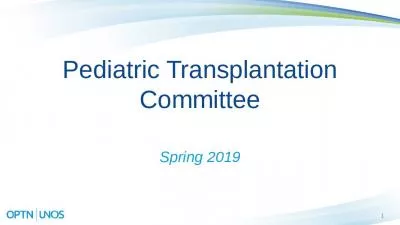PPT-Pediatric Cardiac Exam and
Author : freya | Published Date : 2024-02-02
Athletic Clearance Del McOmber MD Pediatric Heartcare Partners 22715 Cardiac physical examination can be amongst the most diagnostic if done correctly and carefully
Presentation Embed Code
Download Presentation
Download Presentation The PPT/PDF document "Pediatric Cardiac Exam and" is the property of its rightful owner. Permission is granted to download and print the materials on this website for personal, non-commercial use only, and to display it on your personal computer provided you do not modify the materials and that you retain all copyright notices contained in the materials. By downloading content from our website, you accept the terms of this agreement.
Pediatric Cardiac Exam and: Transcript
Download Rules Of Document
"Pediatric Cardiac Exam and"The content belongs to its owner. You may download and print it for personal use, without modification, and keep all copyright notices. By downloading, you agree to these terms.
Related Documents

